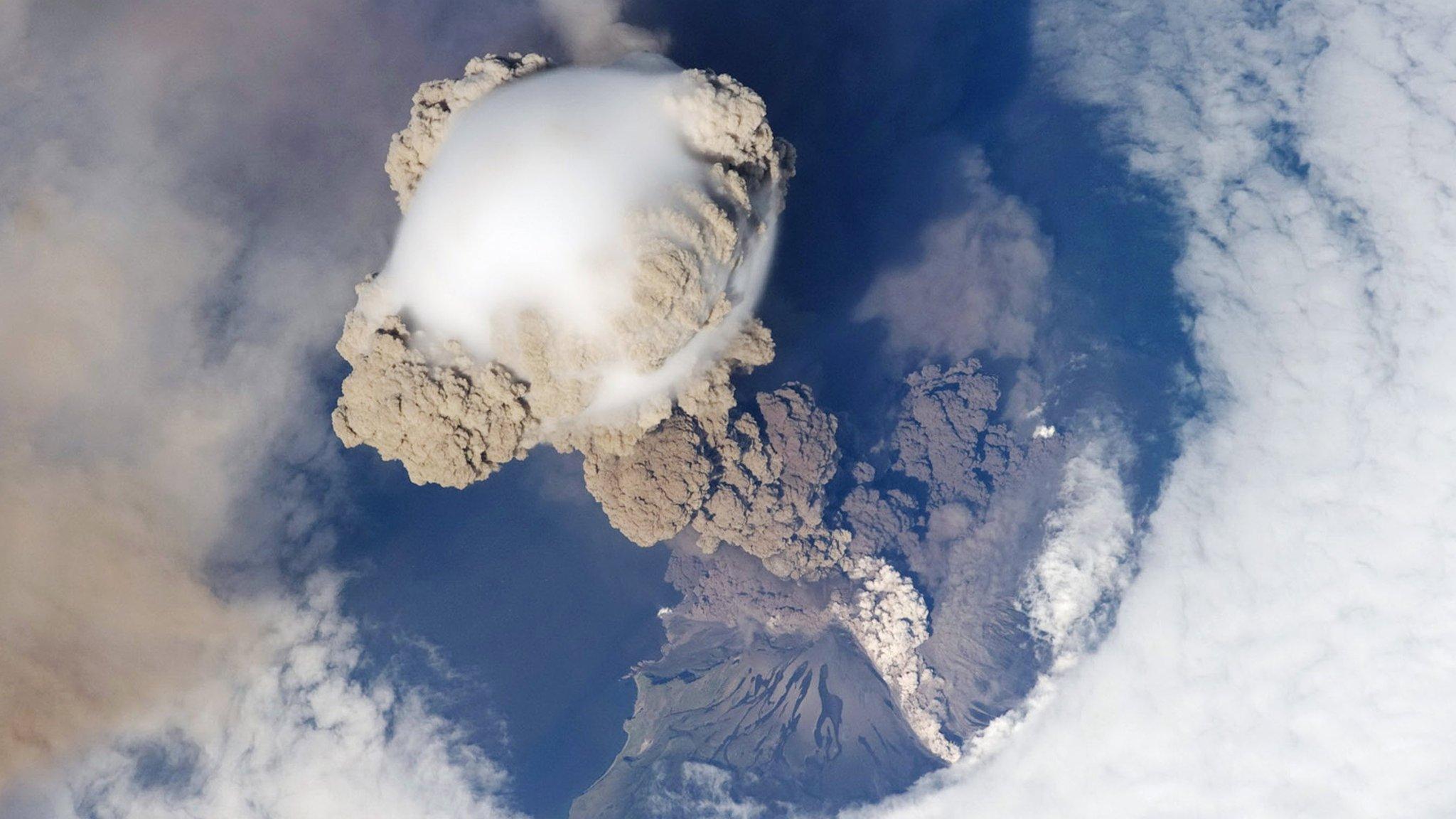Sharkcano: Nasa captures footage of underwater volcano eruption
- Published
- comments
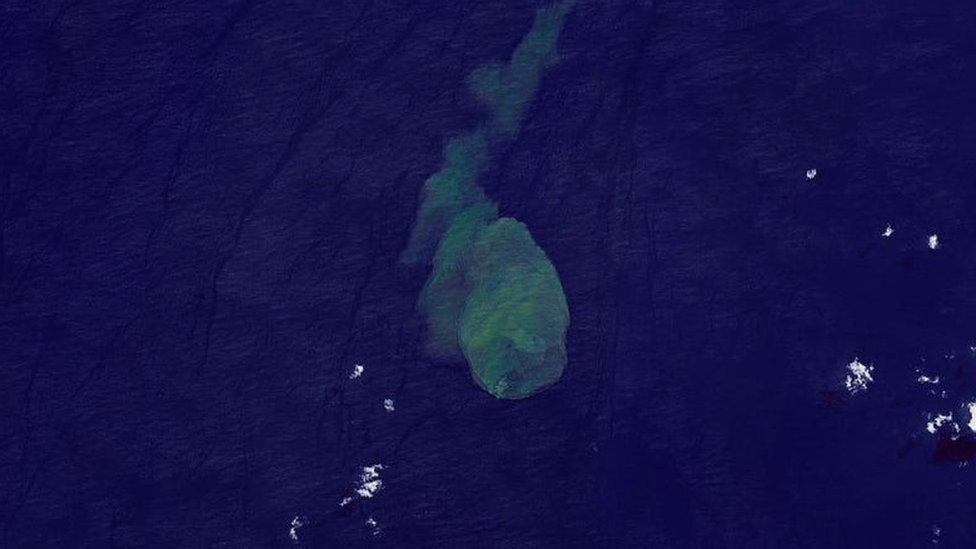
Nasa's Landsat 9 satellite took this picture of the volcano erupting
Nasa satellites have captured the moment a massive underwater volcano in the Pacific Ocean has erupted.
The Kavachi volcano, in the Solomon Islands, has been nicknamed 'Sharkcano', as it's home to two species of shark that have adapted to living in its hot, acidic environment.
The volcano is known to be one of the most active underwater volcanoes in the region, with large eruptions occurring in 2007 and 2014.
Now, Nasa have recorded its latest large eruption, with satellite images from 14 May showing a plume of discoloured water coming from the crater.
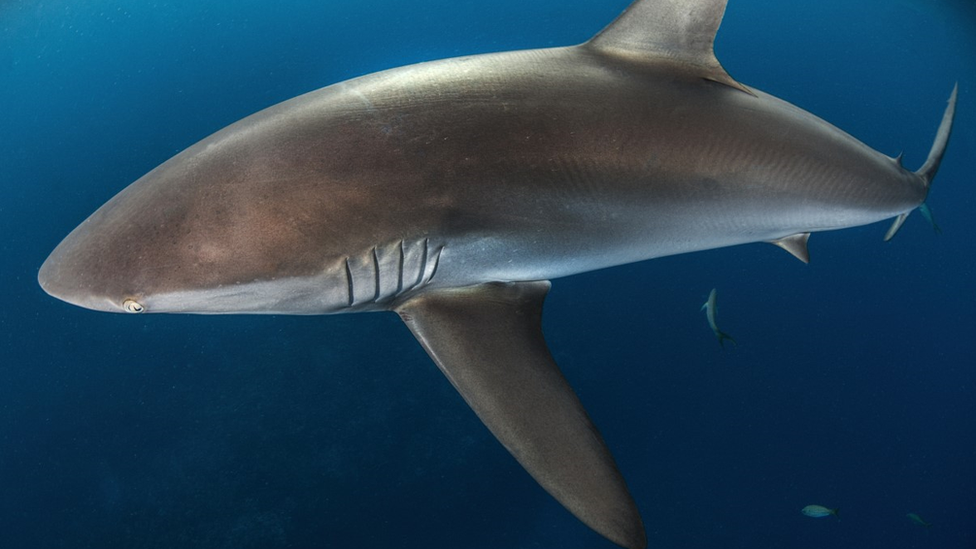
This a silky shark one of the species of sharks that lives near the volcano
When the volcano erupts it sends out plumes of lava and superheated, acidic water containing rock fragments and sulphur.
This makes conditions in the waters around the volcano very difficult for many species to live in.
However, a scientific expedition in 2015 found that two species of sharks - the scalloped hammerhead shark and the silky shark - actually live in the submerged crater, earning the volcano the nickname 'Sharkcano'.
Scientists believe that these animals have adapted to thrive in the hot, acidic environment. It's even believed the sharks may have actually mutated to help them cope with the extreme conditions.
Scientists think that their adaptation to living in these conditions could be a way of understanding how other wildlife could adapt to climate change.
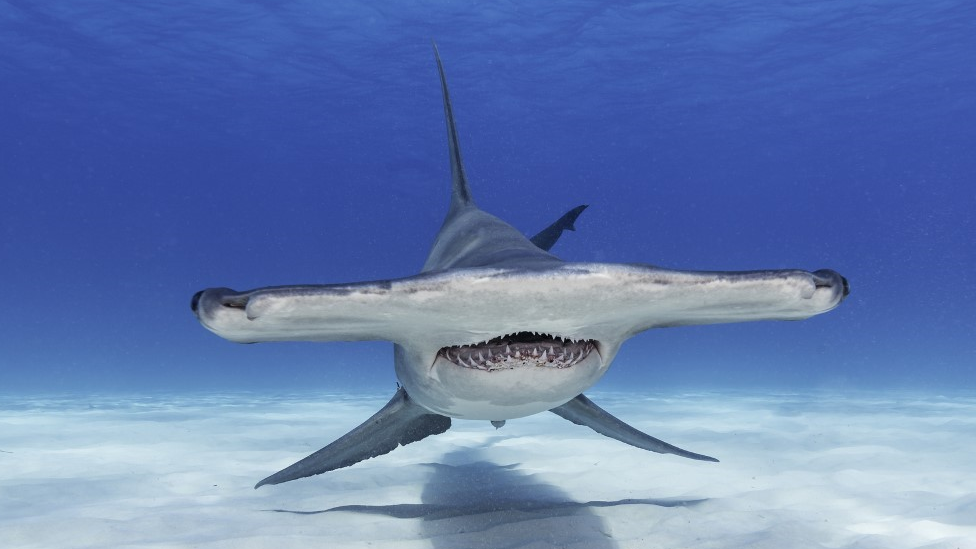
A species of hammerhead shark has adapted to the environment around the volcano
What do you think of the sharkcano? Are you a fan of sharks? Let us know in the comments...
- Published3 October 2021

- Published16 April 2021
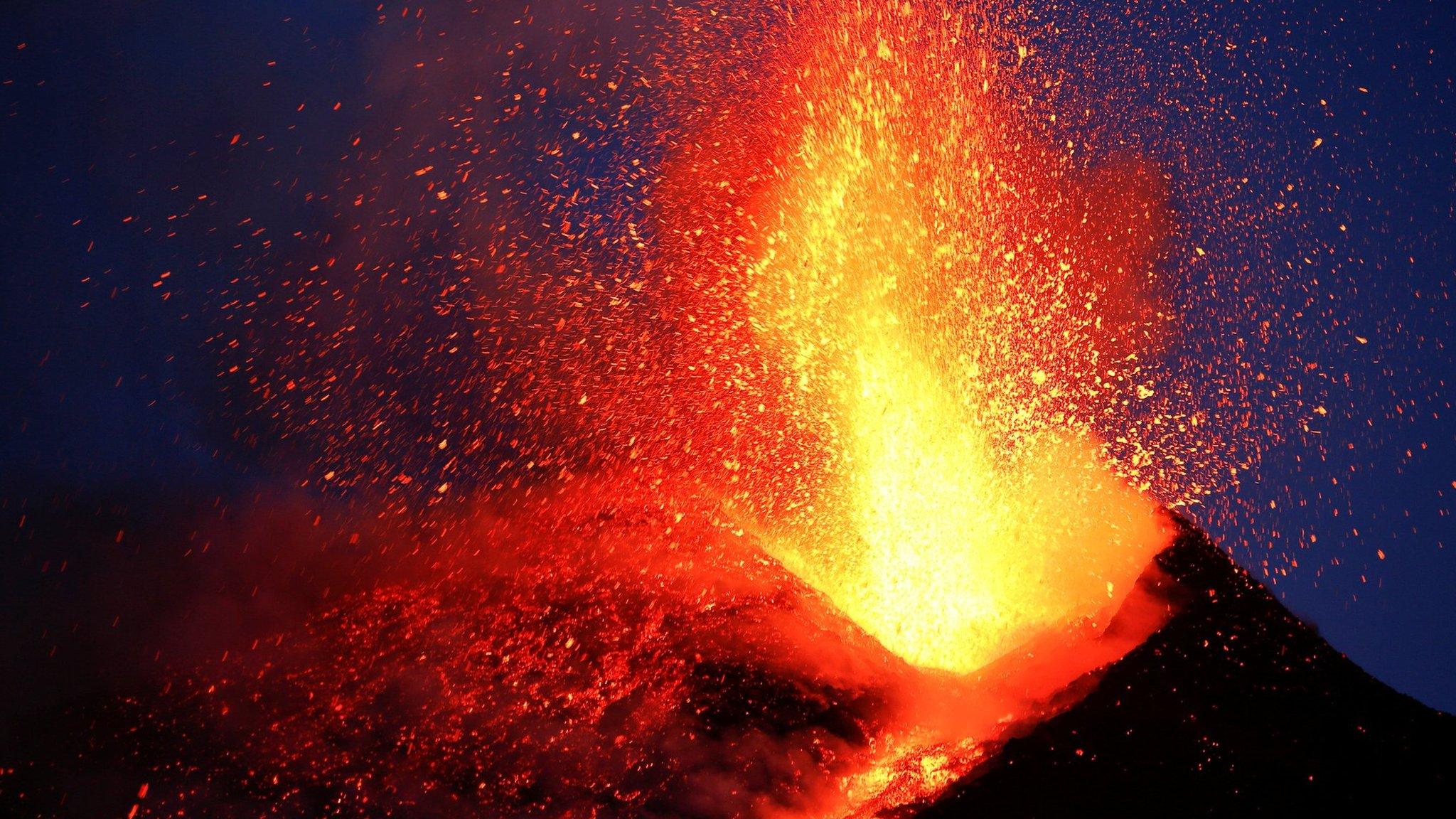
- Published1 May 2024
